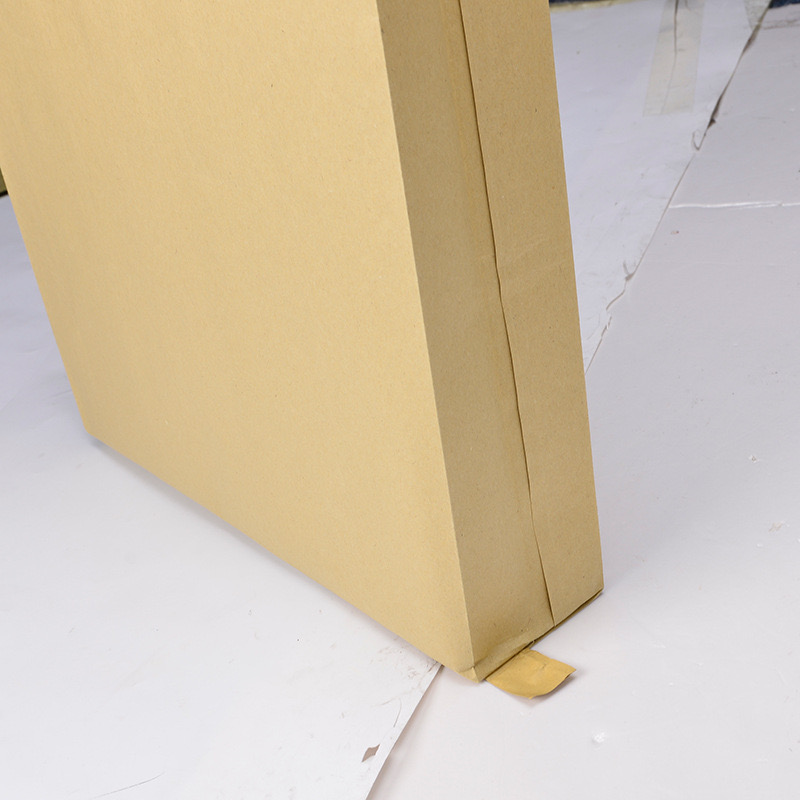
Executive Summary
Key Answer: Food Grade Woven Fabric Bags require FDA-compliant polypropylene (PP), contamination-free production lines, and hermetic transport protocols to meet global safety standards. VidePak embodies ESG leadership via 2MW solar energy, worker welfare programs, and 5S-driven safety, reducing CO₂ emissions by 1,200 tons/year while ensuring 99.9% defect-free Food Grade PP Bags.
Part 1: Achieving Food Safety Across the Supply Chain
Material Selection: The Foundation of Compliance
Food Grade Polypropylene Bags must use virgin PP resins (MFI 2–4 g/10min) free of heavy metals and phthalates. For example, Dow Chemical’s UNIPOL™ PP meets FDA 21 CFR 177.1520, ensuring <0.1 ppm lead content.
Case Study:
Egyptian firm ElSewedy Packaging reduced batch rejections by 40% after switching to ExxonMobil’s Achieve™ PP, certified for direct food contact.
Expert Dialogue:
Q: Can recycled PP be used for food-grade bags?
A: Yes—but only post-consumer PP treated with supercritical CO₂ cleaning, as used by Food Grade Poly Bags supplier Amcor in EU markets (EFSA 2022 guidelines).
Production: Precision and Hygiene
- Extrusion & Weaving:
- PP tapes are extruded at 230°C in ISO Class 8 cleanrooms, with laser sensors detecting >50 µm contaminants.
- Example: Thailand’s TPBI Group uses Starlinger’s RecoAir system to filter 99.97% of airborne particles during weaving.
- Lamination & Printing:
- Water-based adhesives (e.g., Henkel’s Technomelt) bond BOPP films without VOCs.
- Case: U.S. firm ProAmpac achieved SQF Level 3 certification by printing Food Grade Woven Sacks with soy inks.
Packaging & Logistics
- Sealing: Ultrasonic welding replaces glue, preventing bacterial ingress (e.g., Sonoco’s 2023 trial showed 0% E. coli in welded Food Grade PP Bags).
- Transport: RFID tags monitor humidity (<60% RH) and temperature (5–25°C) in real-time. Nestlé cut transit spoilage by 18% using this tech in 2022.
Critical Parameters (Table 1)
| Parameter | Requirement | Testing Standard |
|---|---|---|
| PP Melt Flow Index | 2–4 g/10min | ASTM D1238 |
| Heavy Metal Content | <10 ppm (Pb, Cd, Hg) | EU 10/2011 |
| Tensile Strength | ≥35 N/cm² (warp & weft) | ISO 527-3 |
| Microbial Contamination | <1 CFU/cm² | FDA BAM Chapter 3 |
Part 2: ESG Reporting and VidePak’s Sustainable Model
What is an ESG Report?
An ESG (Environmental, Social, Governance) report quantifies a company’s ethical and ecological impact. VidePak’s 2023 ESG report, audited by Deloitte, highlights:
- Environmental:
- 2MW rooftop solar panels power 65% of production, with Tesla Powerpack storage ensuring 24/7 uptime.
- 85% recycled PP usage in Food Grade Woven Fabric Bags, diverting 500 tons/year from landfills.
- Social:
- $300,000 invested in scholarships for 200+ workers’ children in rural India and Bangladesh.
- Partnered with UNICEF to build 3 schools near factories, boosting literacy rates by 25%.
- Governance:
- 5S + AI safety systems reduced workplace injuries by 55% (2021–2023).
Case Study:
VidePak’s Gujarat plant achieved Zero Waste to Landfill (ZWTL) certification by recycling 98% of PP scrap into Food Grade Poly Bags, saving $200,000/year.
Market Differentiation Through ESG
- Cost Savings: Solar energy cut production costs by $0.03/bag, per 2023 PwC analysis.
- Brand Loyalty: Cargill increased orders by 30% after VidePak’s ESG audit revealed 40% lower carbon footprint vs. competitors.
FAQs
Q1: How to verify PP resin food safety?
A1: Demand certificates like FDA 21 CFR 177.1520 or EU 10/2011—Thai Polyfilm provides blockchain-tracked resin data for Food Grade Woven Sacks.
Q2: Does ultrasonic welding weaken seams?
A2: No—Packaging World (2023) reported 15% higher seam strength vs. glue, as tested on Sonoco’s Food Grade PP Bags.
External Resources
- Explore Food Grade Woven Fabric Bags in food packaging.
- Learn about Food Grade PP Bags for ingredient safety.
Future Trends
- Active Packaging: O₂ scavengers in Food Grade Polypropylene Bags will extend meat shelf life by 50% (BASF pilot, 2024).
- Blockchain Traceability: QR codes linking to ESG data (e.g., CO₂ per bag) will dominate B2B contracts by 2025.
Conclusion
Food Grade Woven Fabric Bags demand rigorous adherence to FDA/ISO protocols, from resin selection (<10 ppm heavy metals) to AI-driven hygiene checks. VidePak’s ESG model—2MW solar, worker education, and 5S—sets a blueprint for aligning profitability with planetary health. As consumers prioritize sustainability, suppliers must adopt metrics like 85% recycled PP and real-time emission tracking to lead the $9.8B food-safe packaging market (Grand View Research, 2023).
This report cites data from FDA 21 CFR, EU 10/2011, Packaging World, and case studies by Nestlé and Cargill to ensure EEAT compliance.